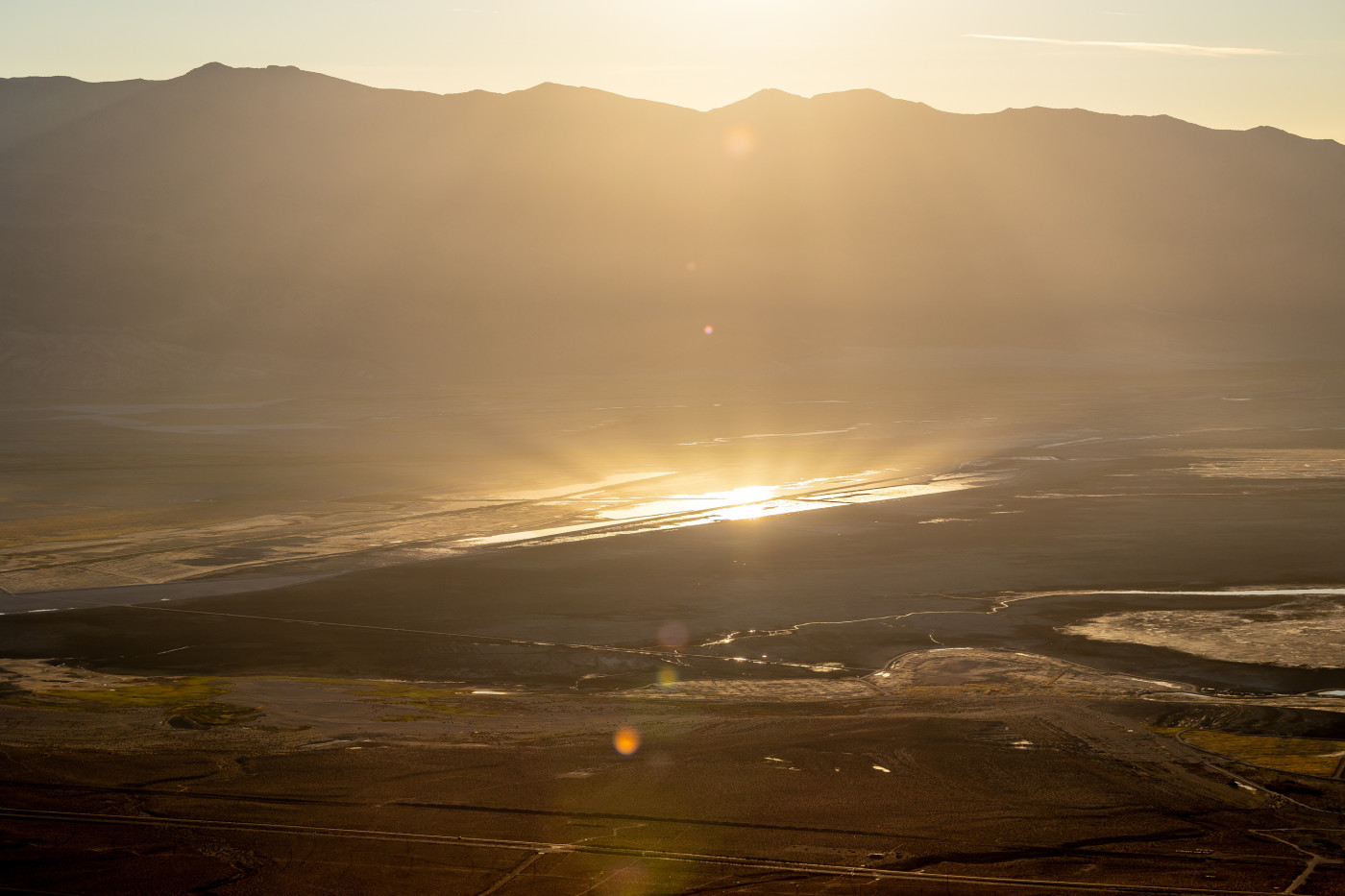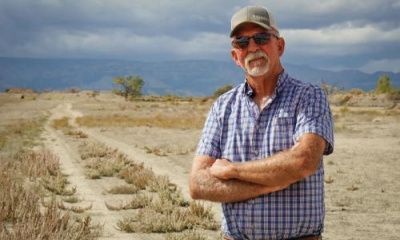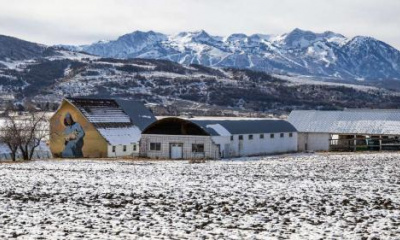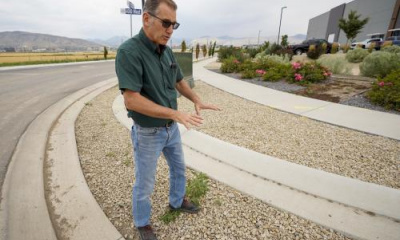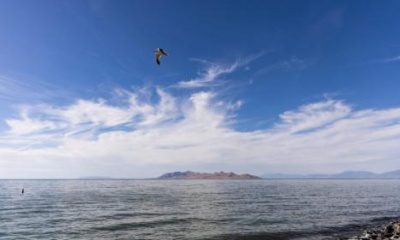Lone Pine, Calif. — Those from afar who hear the story of Owens Lake getting drained dry might consider it a tragedy. But those who have spent years living and working on its dusty shores see it as something different.
They don’t view it as a catastrophe, but they don’t call it a success story either. Rather, Owens Lake has come to symbolize something essential about salty lakes: They’re resilient.
What makes terminal waters special, like Owens and Mono lakes in California or the Great Salt Lake in Utah, is that they’re dynamic. They swell and retreat, rise and fall, responding to the rhythms of their climate. There have been periods in prehistory, long before people began diverting their tributaries, that these lakes have dried completely for a spell. But fill them with water, and they come alive again.
“It may look dead to some people,” said Kathy Jefferson Bancroft, tribal historic preservation officer for the Lone Pine Paiute-Shoshone, “but to us, it's not.”
Bancroft is part of an Indigenous community that has lived near Owens Lake for thousands of years. Tribal members call the valley “Payahǖǖnadǖ,” which she said loosely translates to “the place where water always flows.” It begins as mountain snow high in the Sierra Nevada and Inyo ranges, melting into streams and rivers that nourish wildlife, spread seeds, collect minerals and ultimately flow into Owens Lake at the bottom of the watershed, only to evaporate and begin the cycle again.
That pattern changed, however, when the Los Angeles Department of Water and Power bought up all the region’s land and siphoned away the water.
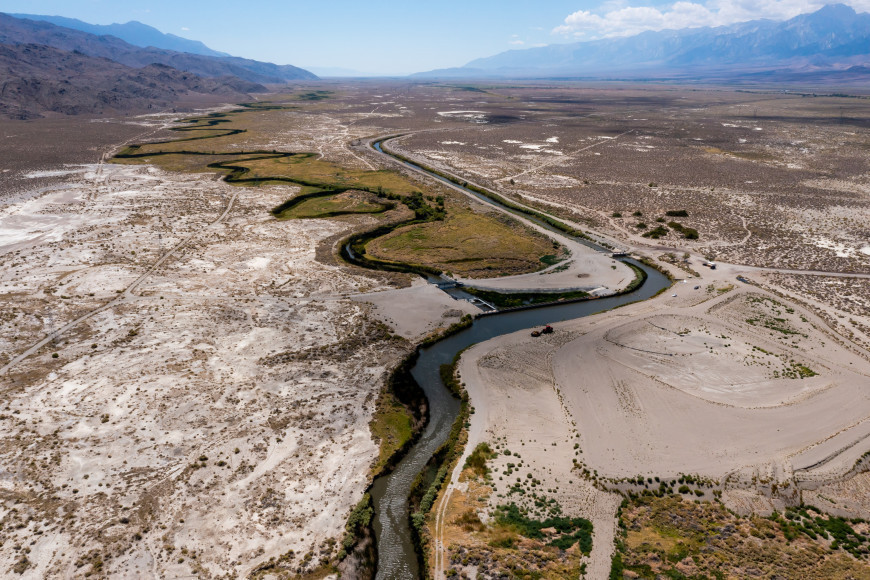
The Owens River flows south toward the headgates of the Los Angeles Aqueduct, which allows some water to travel downstream, left, and diverts the rest of the flow to service the massive municipality via the aqueduct, right, in Inyo County, California, on Wednesday, Aug. 10, 2022. Spenser Heaps, Deseret News.
“When you look around now, you've got a valley where no water is flowing,” Bancroft said, “and you've got a lake with no water in it.”
The utility has since been charged with rehabilitating the 110-square-mile dry lake to prevent it from generating toxic dust storms. Crews have largely relied on water to do it, in the form of shallow flooding in bermed ponds.
Once they turned on the spigots, drip lines and bubblers across the lakebed, something remarkable happened: The dormant lake reawoke.
“Out here, you add water and everything comes back,” said Phill Kiddoo, an air pollution control officer overseeing remediation efforts at Owens Lake. “… The plants, the shrimp, the bugs, the birds, the lizards. We’ve had a bear on the lake. We’ve had antelope on the lake.”
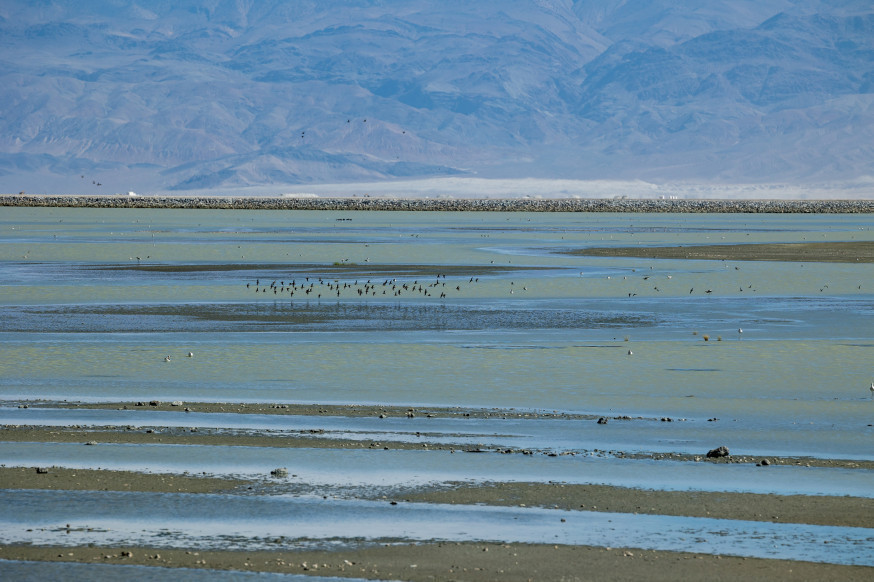
Birds are pictured in a part of the Owens Lake Dust Mitigation Program that has been converted to a shallow flood area on the otherwise dry lakebed in Inyo County, California, on Thursday, Aug. 11, 2022. Spenser Heaps, Deseret News.
In 2018, just over a century after L.A. began draining Owens Lake dry, the Western Hemisphere Shorebird Reserve Network recognized it as a site of international importance. That makes Owens Lake a critical link in a chain of salty waters and wetlands, including the Great Salt Lake, extending from Alaska to Argentina. Millions of migrating birds depend on these habitats for food, shelter and nesting grounds as they make their long journeys across the globe.
Michael Prather, a retired teacher and resident of nearby Lone Pine, spent decades trying to get Owens Lake appreciated as a place that supports life, instead of just a source of poisonous pollution. He observed that even after the lake turned to a dusty flat, birds still stopped by to use its lingering seeps and springs.
“It's not dead,” Prather said. “And, in fact, it never really died.”
He recalled the November day, around 20 years ago, when LADWP flooded the dry Owens lakebed with its first 10 square miles of shallow pond. The algae and primitive archaeal bacteria spread. The brine shrimp cysts and flies hatched. By the following spring, Prather marveled to see American avocets nesting on nearly every flat surface nearby, including the roads.
“In other words, the lake was inoculated,” Prather said. “Somebody came out here, dumped thousands of acre-feet of water, and if you stir, then you have instant lake.”
Owens Lake is now one of the largest nesting sites for snowy plovers in California, Prather said. It supports significantnumbers of sandpipers, ducks, avocets and snow geese.
“Much smaller than Great Salt Lake,” Prather said with a chuckle. “Everything [here] is much smaller than Great Salt Lake.”
As Utahns watch their once immense inland sea shrivel by the day, worrying about what that loss might mean for its own birds and wildlife, Owens Lake holds a heartening message.
The Great Salt Lake, too, can rebound. We just need to give it water.
“That water, as it comes down off the hills, it picks up life,” Bancroft said of her own terminal lake. “It picks up all these possibilities. And where does it go? It all ends up out here. That's still there, that power and that life is still in that lake.”
What's your response to At Water's Edge?
Does this reporting project make you feel hopeful? Concerned? Inspired? Surprised?
Selected responses will be used on social media, on our website or in our newsletter.

